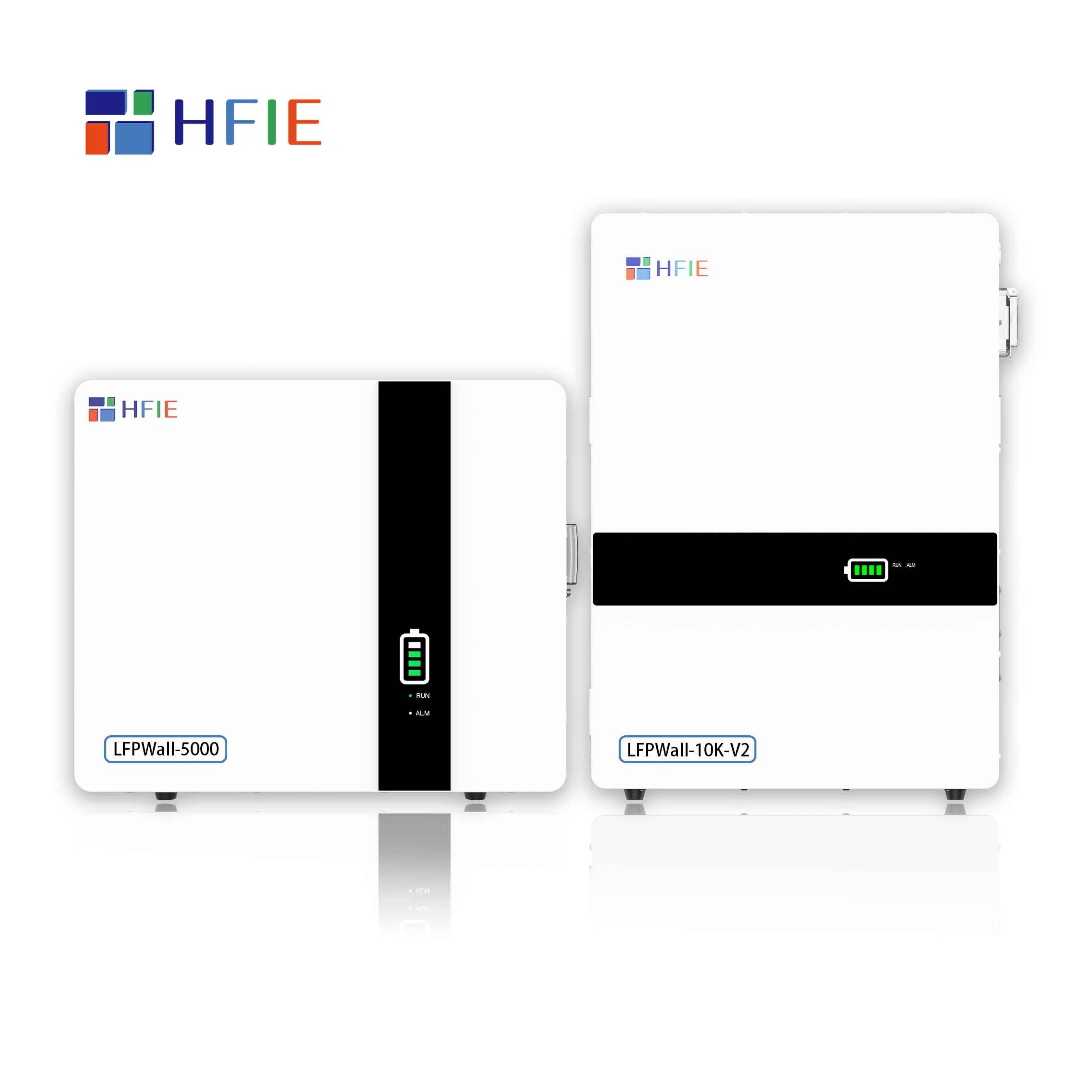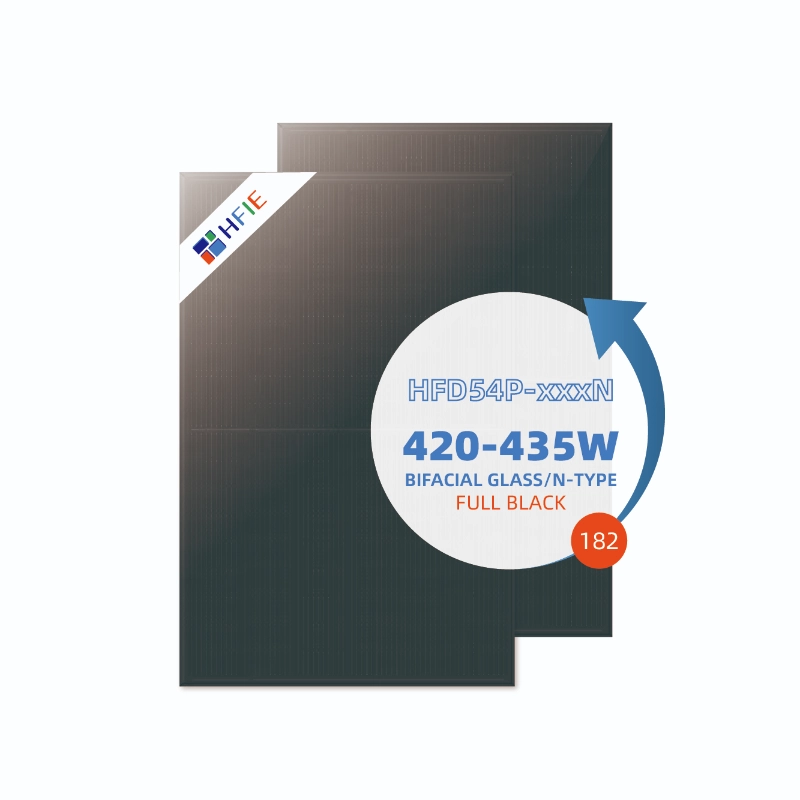On November 15, 2024, China’s Ministry of Finance announced a policy adjustment, reducing the export tax rebate rate for the photovoltaic and battery industries from 13% to 9%. The photovoltaic and energy storage battery sectors have long been important growth areas for China’s manufacturing industry, especially in the context of global energy transition and the accelerated development of renewable energy.

According to data from the China Photovoltaic Industry Association (CPIA):
Photovoltaic Industry: China’s photovoltaic industry has seen continuous growth in exports. In 2023, the total value of China’s photovoltaic product exports reached nearly $50 billion, with approximately 80% of photovoltaic modules exported to Europe, the United States, and the Asia-Pacific market. China has solidified its position as the global leader in photovoltaic manufacturing, with demand from markets such as the U.S., Europe, India, and the Middle East driving continued export expansion.
Energy Storage Battery Industry: China’s energy storage battery exports, particularly lithium batteries, have also seen explosive growth. In 2023, China’s exports of lithium batteries and energy storage systems approached $15 billion, with lithium batteries dominating the sector. Exports are primarily directed to markets in the U.S., Europe, and Southeast Asia. China has become the world’s largest supplier and exporter of lithium batteries.
Impact Analysis of the Export Tax Rebate Adjustment
The export tax rebate rate for photovoltaic and battery products has been reduced from 13% to 9%. This means that enterprises will receive less tax rebate on exports, which will likely have various impacts both on photovoltaic and energy storage battery exporters and on importers.
Impact on China’s Photovoltaic and Energy Storage Battery Enterprises
Increased Cost Pressure
Photovoltaic Industry: The photovoltaic production chain is long, involving multiple stages such as silicon materials, solar cells, and modules. The reduction in export tax rebate means these companies will no longer receive the previous 13% rebate on exports. Considering that the profit margins in the photovoltaic industry are already relatively thin (typically between 10% and 20%), the reduction in rebates directly affects the companies’ gross and net profits. For example, if a company exports 1 billion RMB worth of photovoltaic products annually, the reduced tax rebate would result in a loss of around 4 million RMB, which could significantly affect the liquidity of small and medium-sized enterprises and may even cause financial strain.
Energy Storage Battery Industry: For manufacturers of lithium batteries and energy storage systems, the tax rebate reduction also increases production costs. With an export volume of around $7 billion for lithium batteries in 2023, the tax rebate reduction translates to approximately a $130 million decrease in tax refunds. This could put some export-oriented companies under short-term cost pressure.
Compressed Profit Margins and Reduced Competitiveness
International Market Pressure: Chinese photovoltaic and energy storage battery companies have long relied on export tax rebates to maintain their cost competitiveness, particularly in the face of global price competition. As the rebate rate is lowered, Chinese companies may have to reduce prices to cope with the increased costs, which in turn will compress their profit margins.
Pressure on Production Efficiency: To counter rising costs, companies may accelerate automation, optimize supply chain management, enhance production efficiency, or innovate to increase product value-added. While these measures may require upfront investment, they will help enhance the long-term core competitiveness of these companies.
Adjustment of Export Market Strategies
Seeking Alternative Markets: Due to the impact of the tax rebate policy, some Chinese photovoltaic and battery companies may reduce their reliance on low-margin markets and shift toward high-value-added markets (such as the U.S. and Europe) or regions with more government subsidies (such as India and Southeast Asia).
Increase Domestic Market Share: Some export-oriented companies may focus more on the domestic market, reducing their reliance on foreign markets, especially as China’s government continues to support the development of its new energy sector. Domestic demand is expected to continue growing.
Impact on Capital Expenditures and Expansion Plans
Cautious Corporate Investment: Due to the financial pressure caused by the reduction in tax rebates, some companies may adjust their investment plans for the next few years, delaying expansion or technological upgrades. This is particularly true for small and medium-sized enterprises that may face tighter cash flow.
Impact on Foreign Buyers
Increased Import Costs
For overseas buyers of photovoltaic products and batteries, the reduction in tax rebates may result in higher export prices from China. The exact price impact depends on whether Chinese companies pass the increased costs entirely onto the buyers. If the buyer is a large, long-term partner, they may renegotiate prices to adjust to the change; however, for small or one-time purchasers, price increases could lead to a significant rise in procurement costs.
Photovoltaic Industry: For example, the U.S. and Europe are major markets for Chinese photovoltaic exports. If Chinese companies pass the increased costs onto foreign buyers, this could lead to higher import prices for photovoltaic modules. Especially in the U.S., where solar installation demand is expected to remain strong in 2024, price increases could put pressure on consumers and project developers, raising their costs.
Energy Storage Battery Industry: In the energy storage battery sector, demand for Chinese lithium batteries remains strong in the U.S. and Europe, particularly for electric vehicles (EVs) and energy storage systems. If the price increases from the tax rebate adjustments are passed through to the end market, it could lead to higher prices for electric vehicles and energy storage systems, potentially impacting purchase demand in these markets.
Procurement Plans and Supply Chain Adjustments
Alternative Suppliers and Procurement Strategies: Faced with rising prices, foreign buyers may seek alternative suppliers. Countries in the U.S. and Europe may increase imports from other regions (such as South Korea, Vietnam, or Malaysia) to reduce reliance on Chinese photovoltaic and battery products. However, this shift will take time, as other countries cannot quickly match China’s scale and supply chain advantages in photovoltaic and battery manufacturing.
Inventory Management: To deal with price hikes, some international buyers may choose to place advance orders or increase inventory to lock in costs before prices rise further.
The adjustment of the export tax rebate policy is expected to put some pressure on China’s photovoltaic and energy storage battery export enterprises, primarily in terms of increased costs and compressed profit margins. For foreign buyers, while the cost of imports will rise, due to China’s dominant position in the photovoltaic and energy storage sectors, they will likely have difficulty finding entirely replacement sources in the short term. Therefore, foreign buyers may adjust their procurement strategies to cope with the changing cost structure.


















